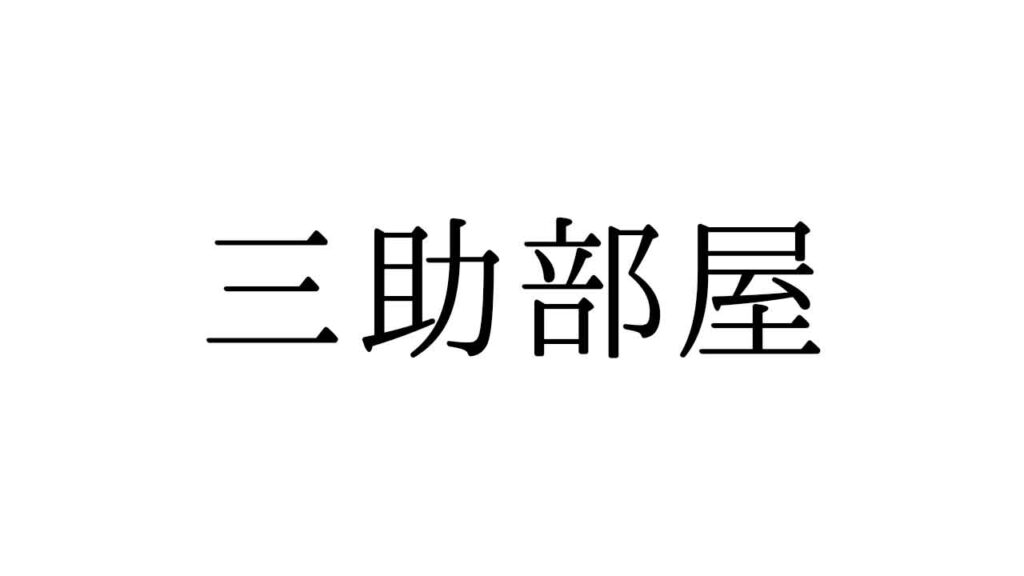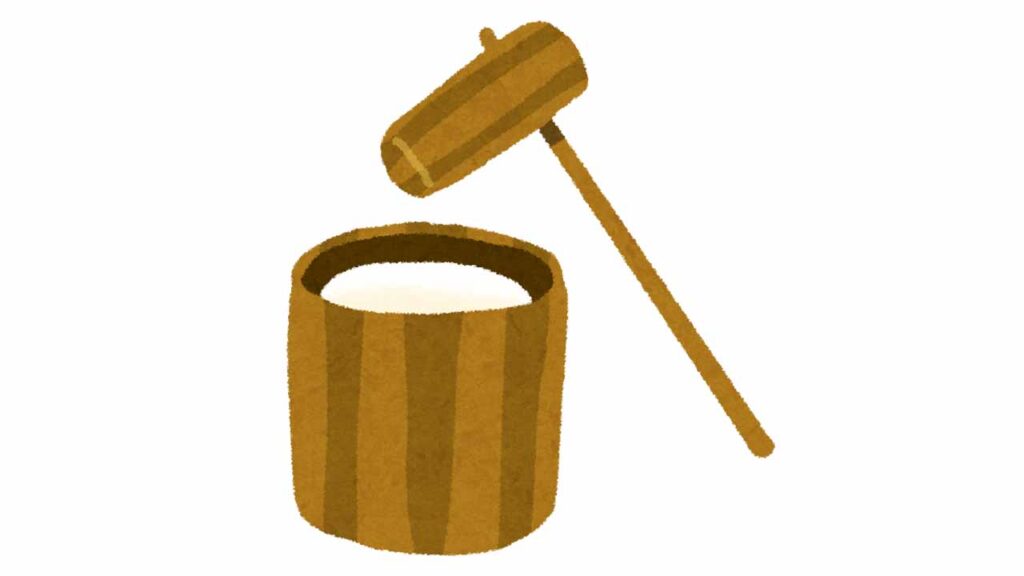What Was a “Sansuke Room”?
In traditional Japanese bathhouses (sento), there once existed a little-known but essential space called the Sansuke Room (三助部屋, Sansuke-beya). This was a designated area where Sansuke — specialized bathhouse attendants — could take breaks, change clothes, or prepare for their duties assisting bathers.
The size and location of these rooms varied depending on the bathhouse, but as the role of Sansuke gradually faded from modern bathhouse operations, these rooms disappeared as well. In today’s large-scale bathhouses and hot spring resorts (super sento and onsen), such rooms have been replaced by general employee break rooms.
Yet, to fully appreciate the significance of the Sansuke Room, one must first understand the important role of the Sansuke themselves.
Who Were the Sansuke?
The Sansuke (三助) were bathhouse workers who performed specialized duties within Japan’s public bathing culture, active from the Edo period (1603–1868) through the Showa period (1926–1989).
Unlike typical staff who simply maintained facilities, Sansuke provided direct physical assistance to bathers, including:
- Scrubbing backs and hard-to-reach areas
- Pouring warm water for rinsing
- Performing manual exfoliation, similar to today’s body scrub services
- Occasionally offering light massage-like treatments to promote relaxation
Because the work was physically demanding, the Sansuke were typically men, and they were trained to deliver both hygiene and comfort to patrons. In many ways, they were the unsung caretakers of Japan’s highly ritualized communal bathing experience.
The Meaning Behind the Name “Sansuke”
There are multiple theories regarding the etymology of the word:
- The “Three Services” Theory
- “San (三)” meaning “three”
- Referring to their main duties:
- Adjusting bath temperature
- Cleaning and maintaining the bathhouse
- Assisting customers with washing and scrubbing
- The “Third Assistant” Theory
- Suggesting a hierarchical position within the bathhouse staff structure.
Regardless of its origin, the name reflects the Sansuke’s unique blend of hospitality, technical skill, and physical care that set them apart from ordinary staff.
The Role of Sansuke in Japanese Bathhouse Culture
In Edo-period urban centers like Edo (modern-day Tokyo), sento were not simply places to wash — they were daily social hubs. The Sansuke played a key role in:
- Ensuring bathers were properly and comfortably cleaned.
- Helping elderly or physically challenged patrons.
- Maintaining high sanitation standards in an era before personal showers were common.
- Offering a degree of personalized service that transformed sento into community sanctuaries.
In some neighborhoods, Sansuke became well-known figures, forming relationships with regular bathers and offering a kind of personalized wellness care long before modern spas existed.
The Connection Between Sansuke and Modern Spa Culture
Though the profession of Sansuke has all but vanished, its legacy can still be seen in contemporary Japanese and East Asian bathing culture:
- Korean-style body scrubs (akasuri) at onsen and super sento.
- Hand-scrubbing and exfoliation services at luxury ryokan and spa resorts.
- Therapeutic massage services that blend hygiene with relaxation.
Much like the Sansuke of old, today’s spa attendants provide both physical care and restorative comfort, often using techniques remarkably similar to those practiced centuries ago.
Why Did Sansuke Disappear?
Several factors contributed to the decline of Sansuke:
- The spread of private bathrooms in Japanese homes during the 20th century.
- Changing social norms that made professional body scrubbing less common.
- Increased regulation and hygiene standards that shifted responsibilities toward self-care.
- The modernization of sento facilities, replacing specialized attendants with self-service layouts.
Today, only a few specialty onsen or historical bathhouses may offer services reminiscent of Sansuke’s work, typically as a luxurious, nostalgic experience rather than a daily routine.
The Historical Importance of the Sansuke Room
The Sansuke Room was much more than just a break room. It represented:
- The professional status of Sansuke within the bathhouse hierarchy.
- A private retreat for workers tasked with physically demanding labor.
- A backstage space where staff could prepare towels, manage tools, and maintain their own hygiene before returning to serve customers.
In this sense, the Sansuke Room reflected the deep structure of Japan’s highly organized and ritualized bathhouse system.
Conclusion
The Sansuke were once essential figures in Japan’s communal bathing culture — skilled attendants who provided not just physical cleansing but also comfort, care, and a touch of hospitality that elevated the sento experience.
Though both the Sansuke profession and their dedicated rooms have disappeared, their spirit lives on in modern spa services, exfoliation treatments, and onsen traditions. The next time you enjoy a relaxing body scrub or therapeutic bath in Japan, take a moment to appreciate this forgotten but fascinating chapter of Japanese bathing history.


